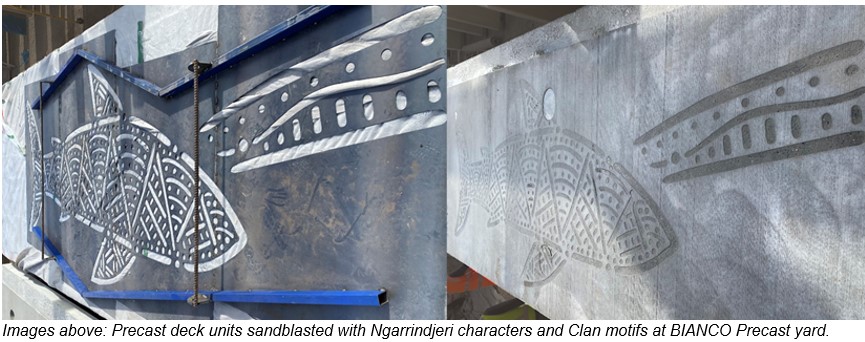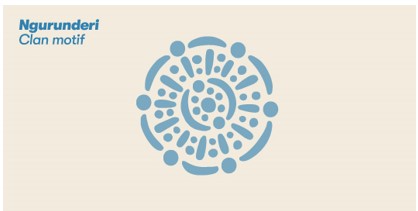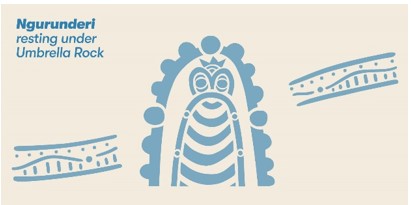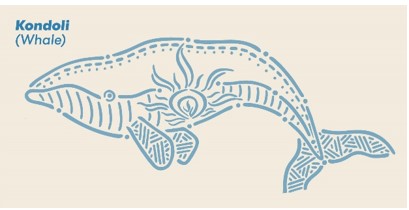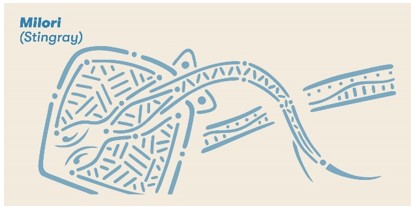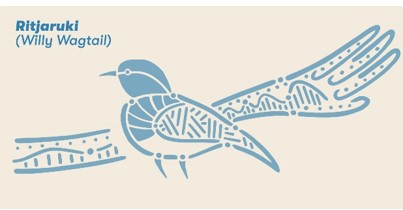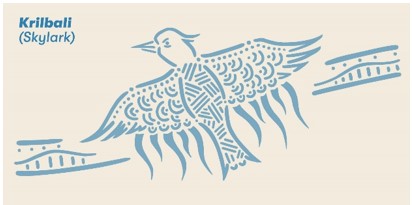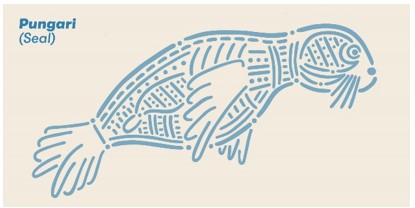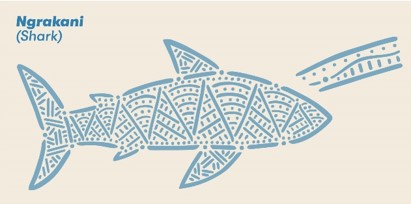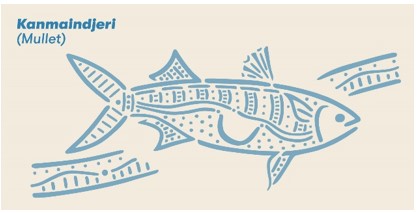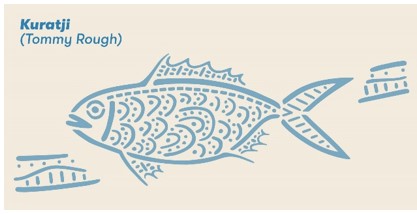Integrated Aboriginal Artwork
The Longest Known Piece of Integrated Aboriginal Artwork in Australia - Granite Island Causeway Project
Located at Victor Harbor, 83 Kilometres south of Adelaide, the Granite Island Causeway is an important piece of South Australian history.
As both a site of cultural significance to the Traditional Owners, the Ngarrindjeri - Ramindjeri People and a popular tourist attraction, the Causeway features in the collective memories of many.
In late 2020 works began on the design and construction of a new Causeway to be erected next to the existing structure. The Department for Infrastructure and Transport (the Department) worked towards designing a culturally and environmentally sensitive Causeway that will continue to deliver and enhance the social and economic benefits of the region.
Although many South Australians have fond memories of the area themselves, it became apparent that little was portrayed about how culturally significant the region is to the recognised Traditional Owners, the Ngarrindjeri– Ramindjeri People.
To address this, the project team worked closely with five local Indigenous artists engaged by the Recognised Native Body Corporate (RNTBC), the Ngarrindjeri Aboriginal Corporation (NAC), to create the 11 characters and connecting motifs (Clan, Tracks/Ribbon) that feature along the 650 metre Causeway decking. These Indigenous art outcomes also extend into Granite Island and the Causeway Plaza which will have Welcome to Country wording, statues and other significant local indigenous artwork pieces.
The Granite Island Causeway Project is a legacy project, which has shown an amazing collaboration between the State Government, Ngarrindjeri and Ramindjeri Peoples and celebrates the strong connection First Nations have to this beautiful part of the country.
Upon completion, this is anticipated to be the longest piece of integrated Aboriginal artwork in Australia, and the longest piece of known integrated Aboriginal artwork in the world. The artists who collaborated to create the Ngarrindjeri - Ramindjeri artwork are; Cedric Varcoe, Amanda Westley, Kyla McHughes, Kevin Kropinyeri, and Jamaya Branson.
The project followed an extensive concept design phase, collaboration and approvals process between numerous individuals and groups, including the following;
- Ngarrindjeri Aboriginal Corporation - RNTBC/Aboriginal Cultural Expression in Design Representative,
- Department for Infrastructure and Transport – Sponsor and Client,
- City of Victor Harbor Council – Consultation and work shop participation,
- McConnell Dowell – Head contractor in the delivery of the Causeway project,
- Bianco - Fabrication and Architectural Sand Blasting, and
- COX Architecture - Engagement and Design Specialist.
Ngarrindjeri - Ramindjeri
Designs for the Granite Island Causeway Deck etchings
The Ngarrindjeri - Ramindjeri etchings invite a shared spiritual journey as you ngopun ruw-angk (walk on country) across the Causeway to Kaiki (Granite Island). The designs on the Causeway depict two of the following Ramindjeri/Ngarrindjeri Dreaming stories. The Tracks/Ribbon were designed to deliberately link the pieces together to represent the connection between both Dreaming Stories and all of their characters.
Ngurunderi Dreaming
Ngurunderi is the great Dreamtime ancestral being of the Ngarrindjeri Nation. His exploits shaped creatures, lore, dance, song, how to hunt, how to live, and created the landscape throughout the eighteen Lakinyerar (Clans) of the Ngarrindjeri Nation.
Ngurunderi travelled to Ramindjeri country where he was in pursuit of his two wives who eluded him. He heard his wives splashing and playing in the direction of Kings Point. Ngurunderi threw his club (Plonggi) down in anger creating what is known as Longkuwa (The Bluff). Here at Pultung (Victor Harbor) is where Ngurunderi threw his spear (Kaiki) into the sea and created Kaiki(Granite Island). Ngurunderi walked over to Kaiki and made a shelter from granite boulders. This place is called Panggari Marti (Umbrella Rock).
Every time you visit Pultung (Victor Harbor), Kaiki (Granite Island) and Longkuwa (The Bluff) you will remember how Ngurunderi shaped the landscape of the Ramindjeri.
Kondoli, Ritjaruki and Krilbali
Ramindjeri people had no ke:ni (fire), so they could only dance and perform ceremony during the daytime. Kondoli the giant, was a large and powerful man. Kondoli was the keeper of fire, as he was the only person who possessed it. When he danced, sparks flew from his body and flames from his feet. Everyone was amazed when they saw flames.
Some people grew jealous and decided to steal it from him. Kondoli was very powerful and most of the others were afraid to approach him. Two people conspired to murder Kondoli, these two men were Ritjaruki and Krilbali. During a ceremony, while Kondoli danced, Ritjaruki and Krilbali rose up behind him and threw spears. A spear lodged deep into the back of his neck and through his jaw. Flames burst out from the wound.
Kondoli dove into the sea to put out the fire and was instantly transformed into the Whale, he then surfaced at Pultung (Victor Harbor). To this day Kondoli continues to spurt water from his back, which is a reminder of his wound.
As a result of their actions towards Kondoli, Ritjarukiand Krilbaliwere punished. Ritjaruki became the Willy Wagtail. Krilbali became the Skylark and flames flew from his wings as he took flight, setting alight fires across the landscape.
Milori, Pungari, Ngrakani
Kondoli had a loyal following. Ngrakani, Pungari and Milori followed Kondoli into the sea. Ngrakani became the Shark. Pungari became the Seal and Milori became the Stingray.
Kanmaindjeri and Kuratji
When Kondoli was speared and dove into the sea, Kanmaindjeri was dressed in a Kangaroo skin, so he became the Sea Mullet. Kuratji was dressed in a seaweed mat, so he became the fish we now call Tommy Rough.
So every time you see a whale you can remember how Kondoli brought fire to the Ramindjeri.
The Dreaming story.
This Dreaming story tells you about the transformation of Kondoli becoming the Whale. It is a Creation story of how people became animals, birds and fish. As you cross the Causeway you can see artwork of these animals, birds and fish.
